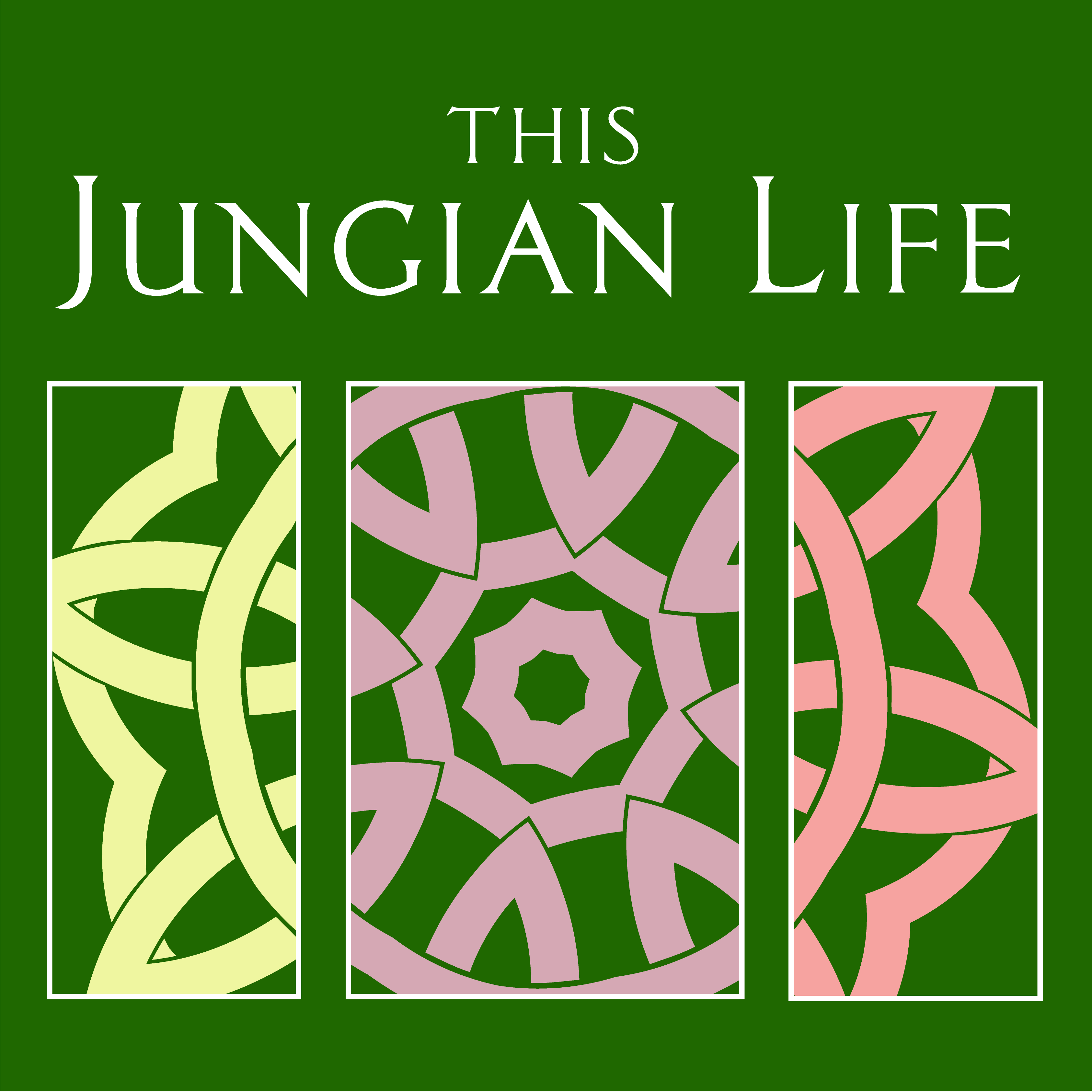VIDEO
AUDIO
The essence of friendship is found in its linguistic root: ‘to love.’ Cicero wrote, “Friendship improves happiness and abates misery, by the doubling of our joy and the dividing of our grief.” In modern times the art of friending seems lost. We have replaced shared experiences with Facebook posts and quell our loneliness by scrolling.
With high spirits, we three revisit our first meeting and reflect on the discovery of kinship between us. Our experiences of trust, reciprocity, and shared hardship marked by endless conversations and abundant laughter forged our bond during analytic training. Yet it reflects more than our shared life; friendship is archetypal.
The universality of friendship gives rise to numerous themes of passionate struggle that lead to lasting bonds. In the Epic of Gilgamesh, the arrogant Sumerian King is challenged by Enkidu, an embodiment of wildness. Their tremendous clash creates an epic friendship generating heroic adventures. When Enkidu dies, Gilgamesh’s depth of grief bears witness to the devastating pain when a friend is torn from us.
Vigorous bonding is mysterious. It emerges, unexpected and precious.
Marie Louise von Franz theorizes about it in The Way of the Dream:
“We make friends with people who live out our shadow. Friends can do the things we cannot do. Tell me who your friends are, and I have the whole panorama of your good and bad qualities. Our bad qualities, as well as our good ones, hold an attraction, a fascination for us. The friend is often the person whom one envies. The friend is more elegant, or dances better, or can move about better in life, or has depth, or has a better mind. So if one hasn’t worked on one’s shadow, there is always a kind of love-hate relationship with the shadow and with one’s friends.”
This tension seemed evident in Jung and Freud’s famous friendship. Their instantaneous bond led to thirteen hours of conversation at their first meeting. It would end six years later, leaving Jung devastated and struggling with overwhelming inner states. The story of Rumi’s first meeting with Shams, which led to thirty days of deep conversation, carries a similar passion. Rumi lost Shams to death; Jung lost Freud to his struggle for autonomy. Both found solace in the inner world where the image of the friend merged with its archetype – Shams’ image carried Rumi’s love for the divine, and Philemon image carried Jung’s love of wisdom.
Many of us only grasp the depth of a friendship once it is strained or ruptured. Its fragility catches us off guard. The dynamics of friendship are born in social context. If we move away, leave a job, or suffer a divorce, those relationships may drift away or end abruptly.
The gendered nature of friendships is well researched. While both male and female friendships are deep, their expressions differ. Men might not always verbalize their deepest emotions, but they support each other, emphasizing steadfast camaraderie. They prefer larger groups and often sidestep direct confrontation to protect each other from shame and temper conflict. Women, on the other hand, tend to engage in more face-to-face dialogues. They often prioritize mutual vulnerability and direct dialogue, highlighting depth of feeling.
For us three, the essence of lasting friendship lies in tending mutual creative purposes. Aligning with common goals allows most friendships to flourish and impact the world positively. It’s not enough to recognize we like someone; that’s just the beginning. We must learn to nurture the bonds that make us more than we were alone.
HERE’S THE DREAM WE ANALYZE:
“There is a vast plane with a deep, wide, and steep hole. From the center of this deep pit, a high tower stands. A figure physically throws me across the expanse to the tower, where I am suspended against the building. The perspective stays with the figure who is wearing a black cloak that covers their form. Their arms, legs, face, and skin are under the black cloak. There are two white marks on the fabric denoting eyes, but they aren’t actual eye holes like a mask. They slowly turn and walk off after I’ve been thrown. The dream repeats the throwing, but the perspective follows me across the expanse. The thread I am suspended from is a single piece of spider silk. Where I am hanging, I am face to face with a guardian of the tower. It is an anthropomorphic lizard, light green, wearing golden armor. It raises its sword, and instead of attacking me, it cuts the silk thread, and I fall quickly but safely. I notice open windows one could sneak into on my way down. Safely reaching the base of the tower, facing underneath where the cloaked figure and I were, I see a large tunnel and know I need to enter. I begin to walk towards it when I awake.”
REFERENCES:
Jamie Krems, Ph.D. The evolutionary psychology of friendship. www.kremslab.com
RESOURCES:
Philadelphia Association of Jungian Analysts, ADVANCED CLINICAL PRACTICE PROGRAM: A case seminar for experienced clinicians to read, explore and apply Jung’s concepts to clinical practice: CLICK HERE FOR INFORMATION
INTERESTED IN A SERIOUS STUDY OF JUNG?
Enroll in the PHILADELPHIA JUNGIAN SEMINAR and start your journey.
BECOME A DREAM INTERPRETER:
We’ve created DREAM SCHOOL to teach others how to work with their dreams. A vibrant community has constellated around this mission, and we think you’ll love it. Check it out.
PLEASE GIVE US A HAND:
Hey folks — We need your help. So please BECOME OUR PATRON and keep This Jungian Life podcast up and running.
SHARE YOUR DREAM WITH US:
SUBMIT YOUR DREAM HERE FOR A POSSIBLE PODCAST INTERPRETATION.
SUGGEST A FUTURE PODCAST TOPIC:
Share your suggestions HERE.
FOLLOW US ON SOCIAL MEDIA:
FACEBOOK, INSTAGRAM, LINKEDIN, TWITTER, YOUTUBE

0 Comments